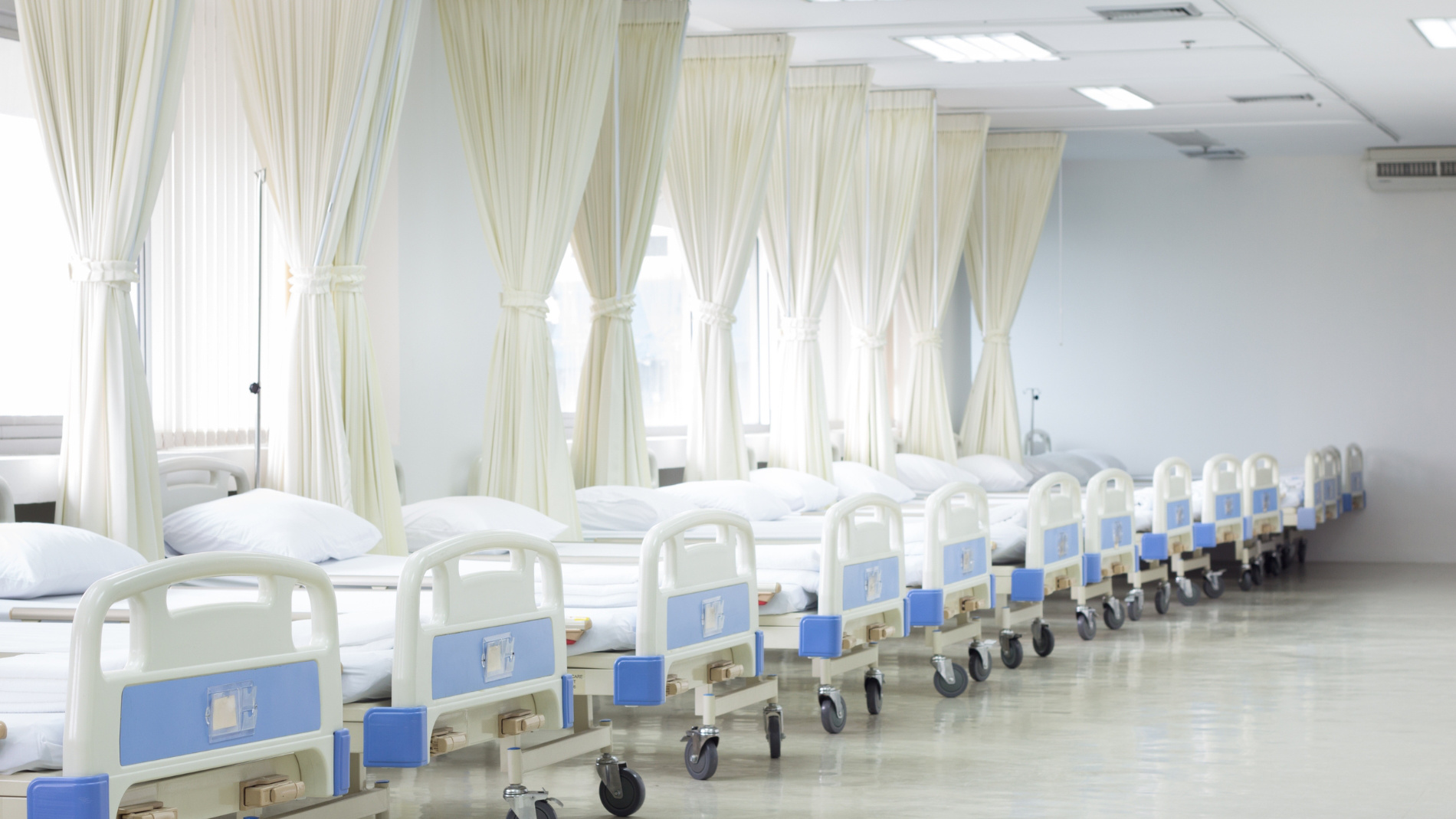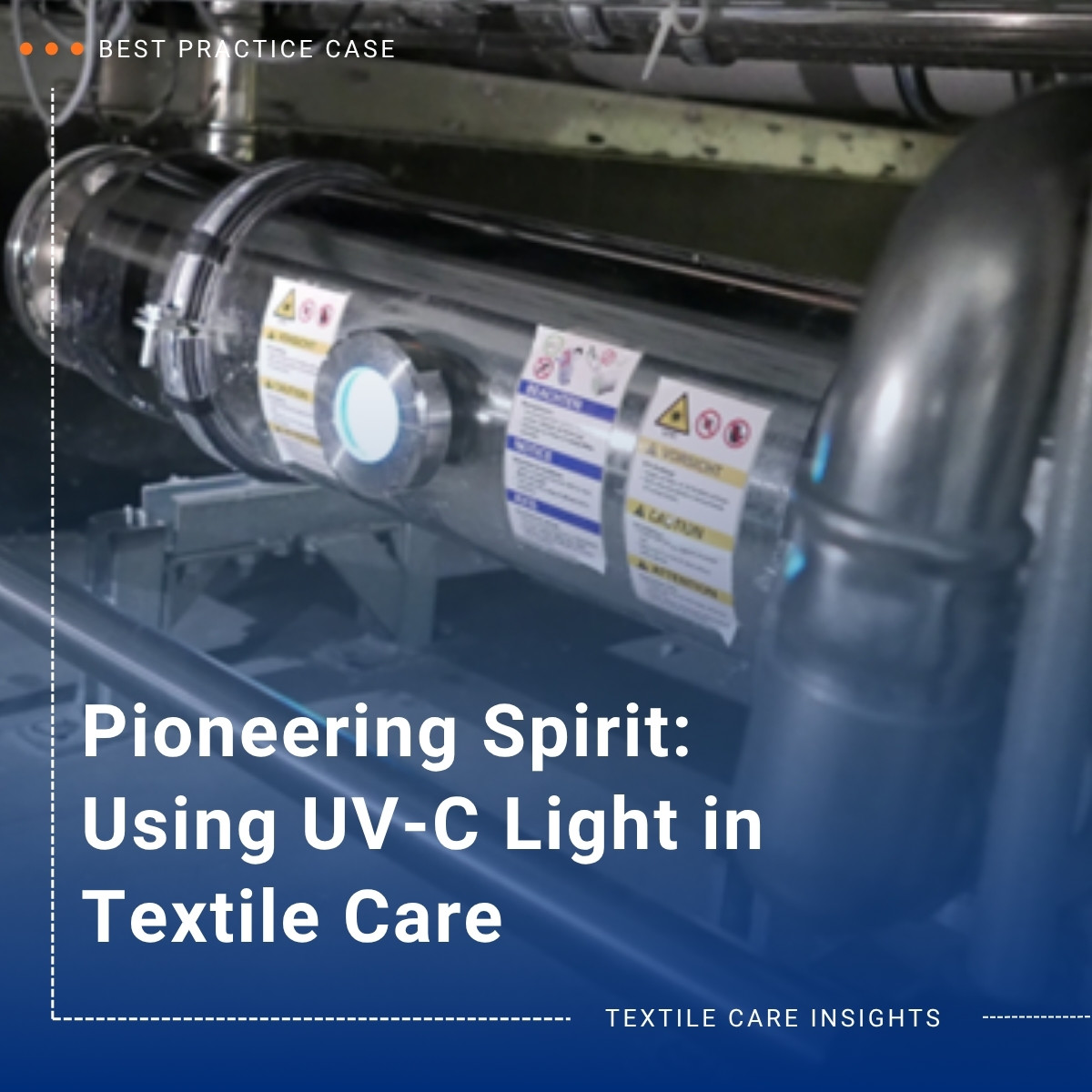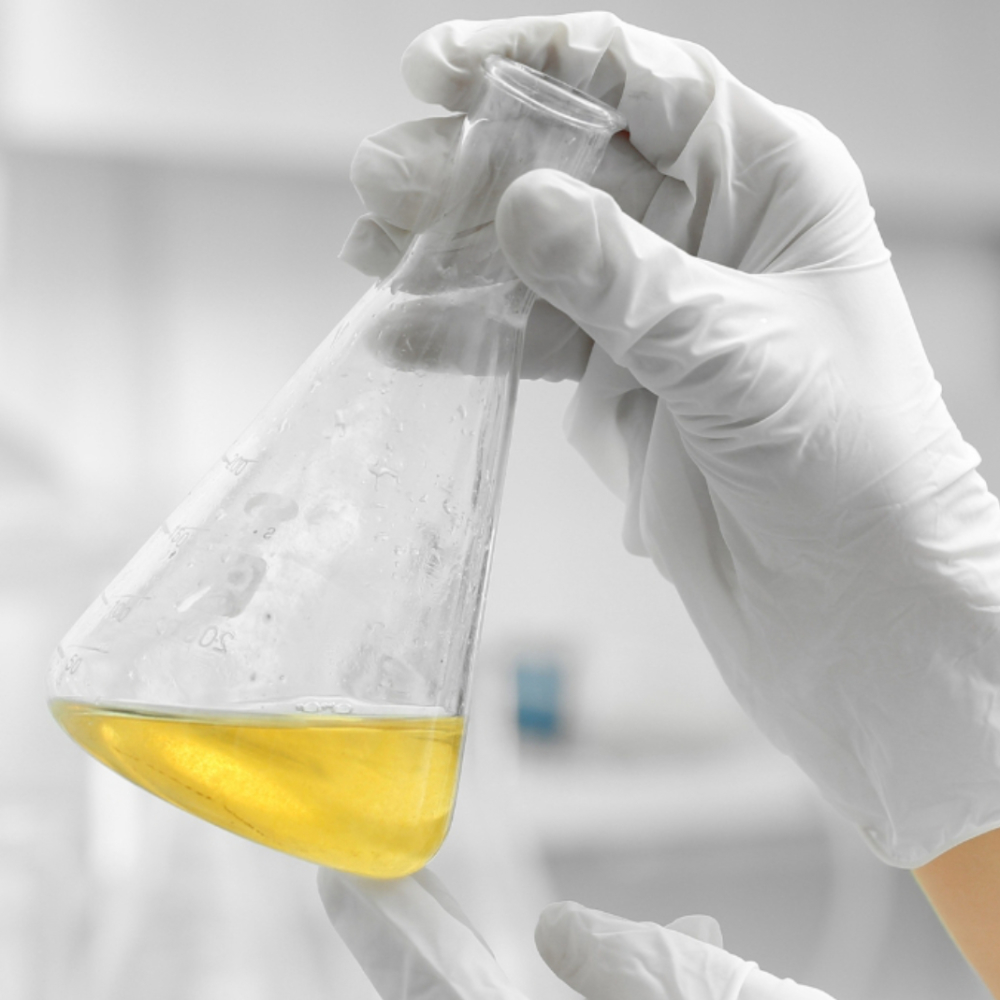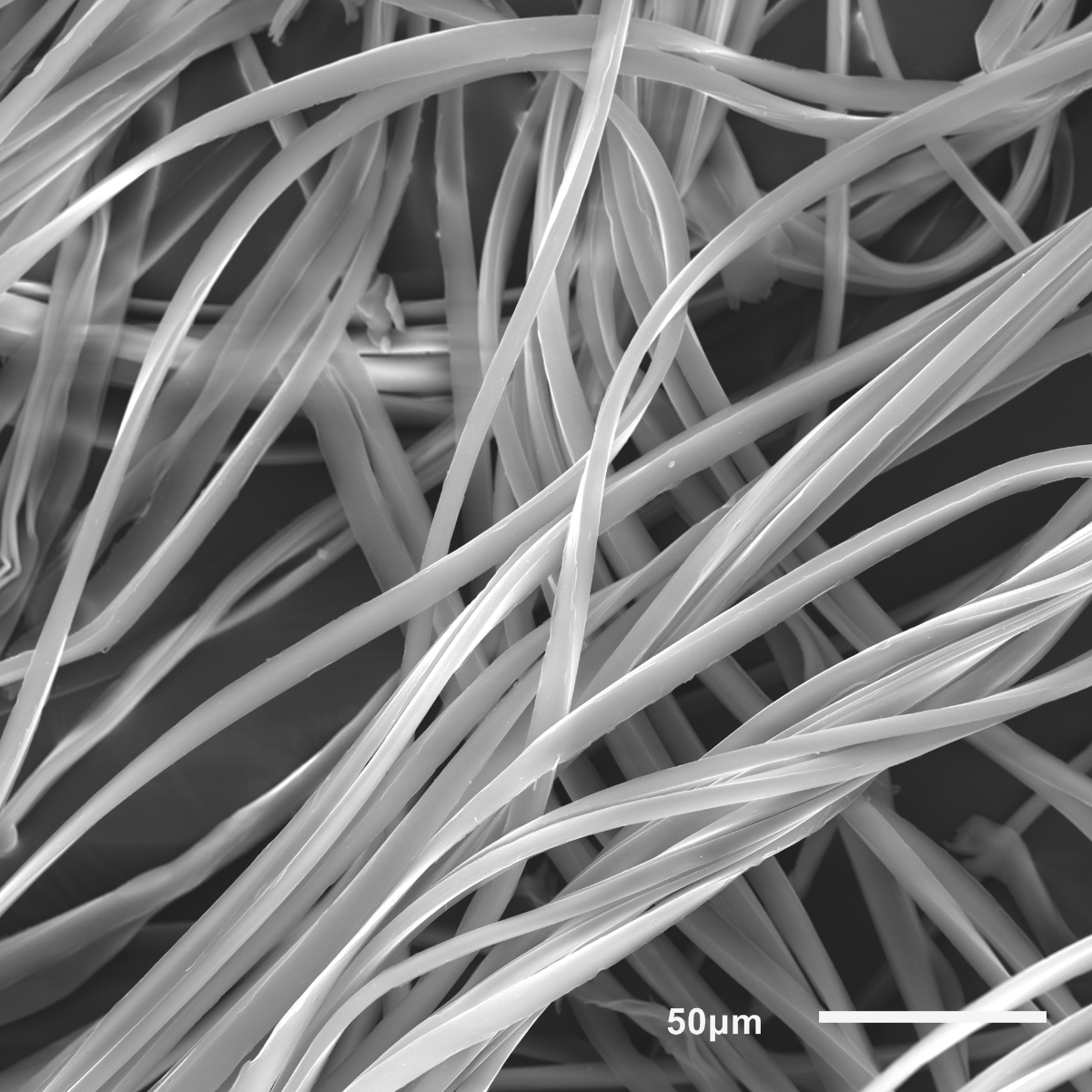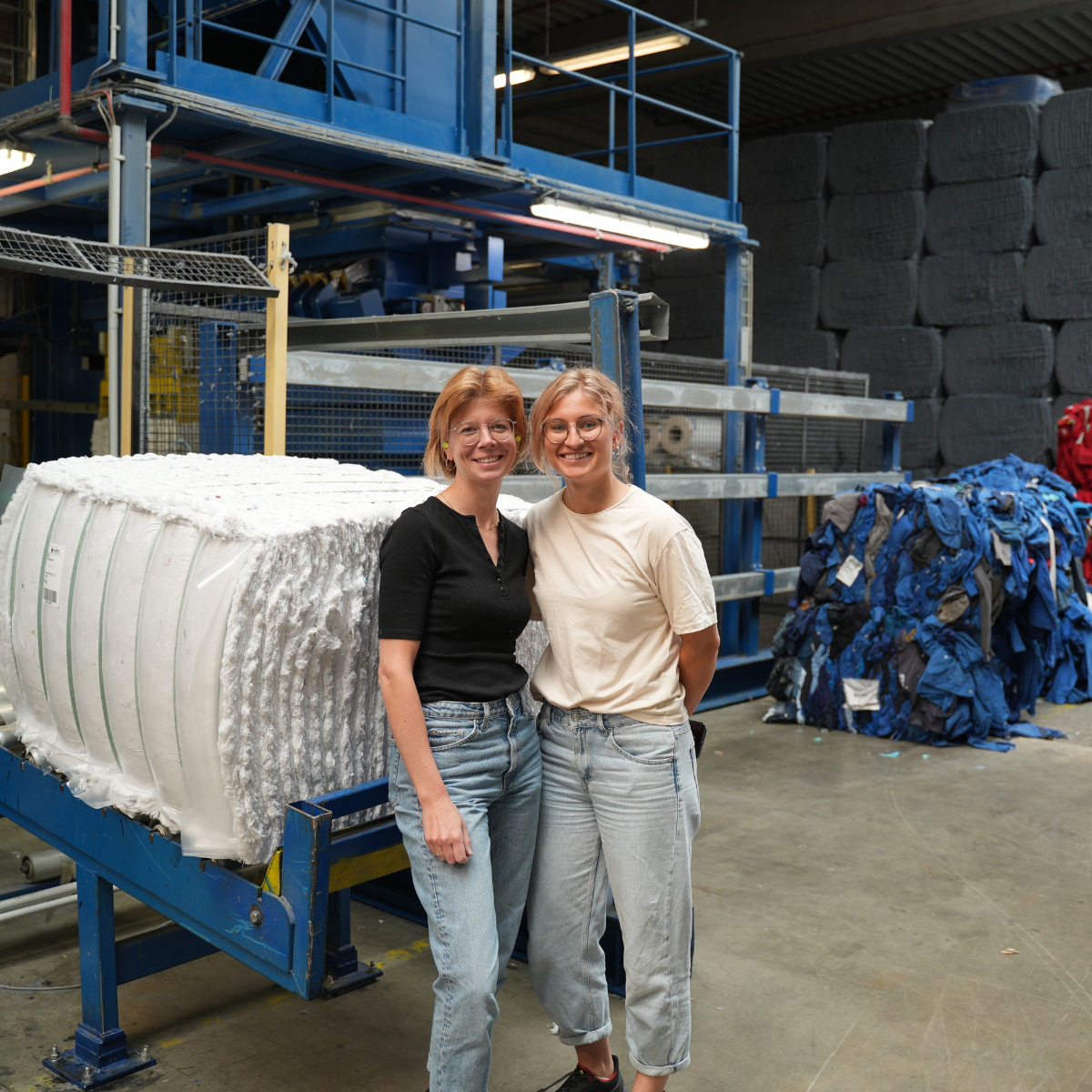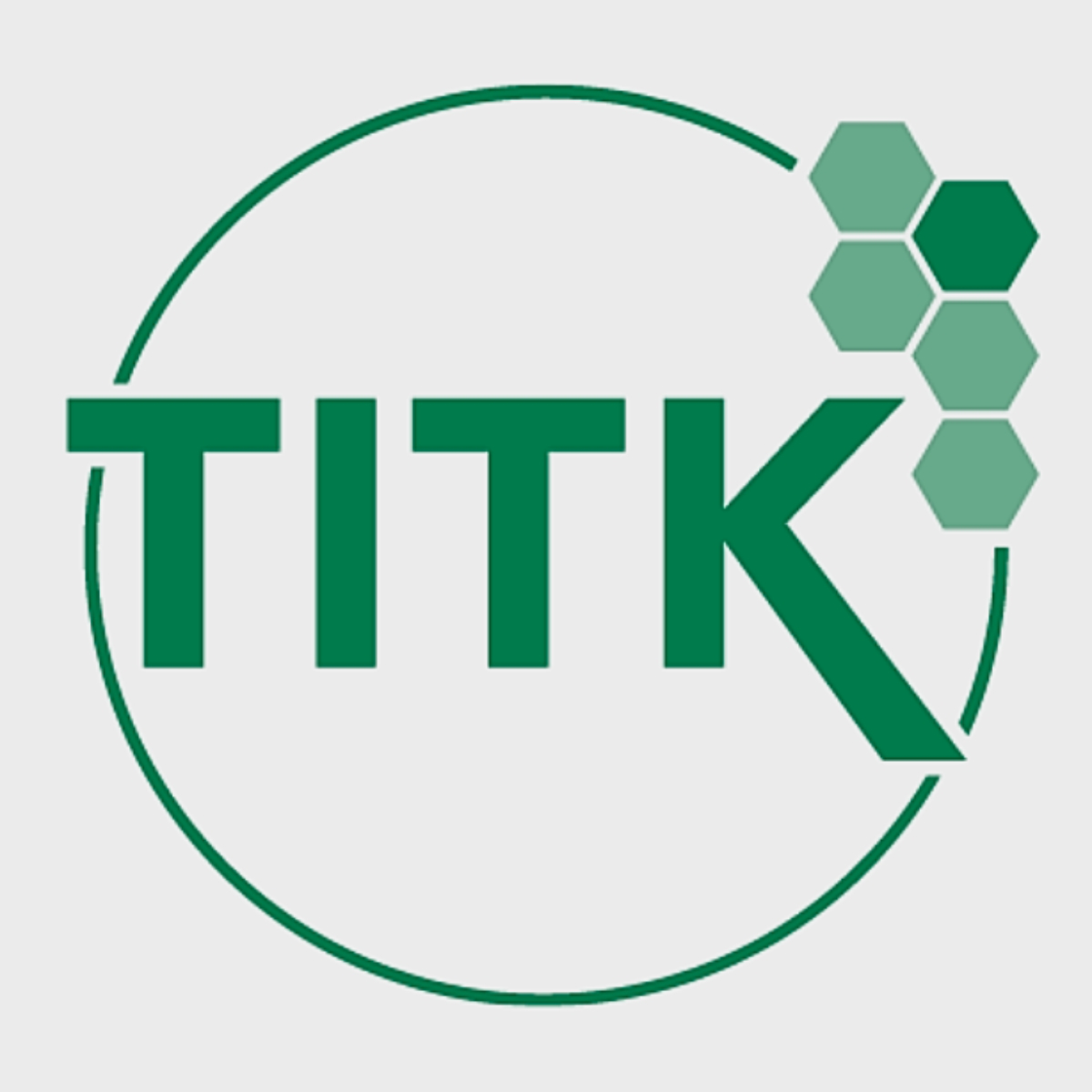Reading time: 4 minutes
The COVID-19 pandemic starkly revealed the vulnerability of global supply chains in the healthcare sector. Single-use products dominated – yet in the midst of the crisis, essential items such as surgical gowns, protective coats and drapes were suddenly in short supply. The platform Rechtsdepesche has explored in several in-depth articles the advantages of reusable textiles in the operating theatre – from environmental performance and supply security to their practical implementation in hospitals. Here, we summarise the key insights and show why reusables in medical technology are no longer a vision of the future, but already a viable reality.
Greater Supply Security Through Regional Circular Systems in the Textile Care Industry

Single-use products are typically manufactured overseas, which can lead to transport bottlenecks and supply risks during times of crisis. In contrast, circular textile systems involving regional industrial laundries and textile service providers enable a stable, predictable and resilient supply. As few as 20,000 reusable surgical gowns in a regional loop can replace around 2 million disposable gowns – significantly reducing storage and logistics burdens. This not only strengthens regional value creation but also minimises external dependencies.
Tested Safety at the Highest Level: The Quality of Surgical Textiles
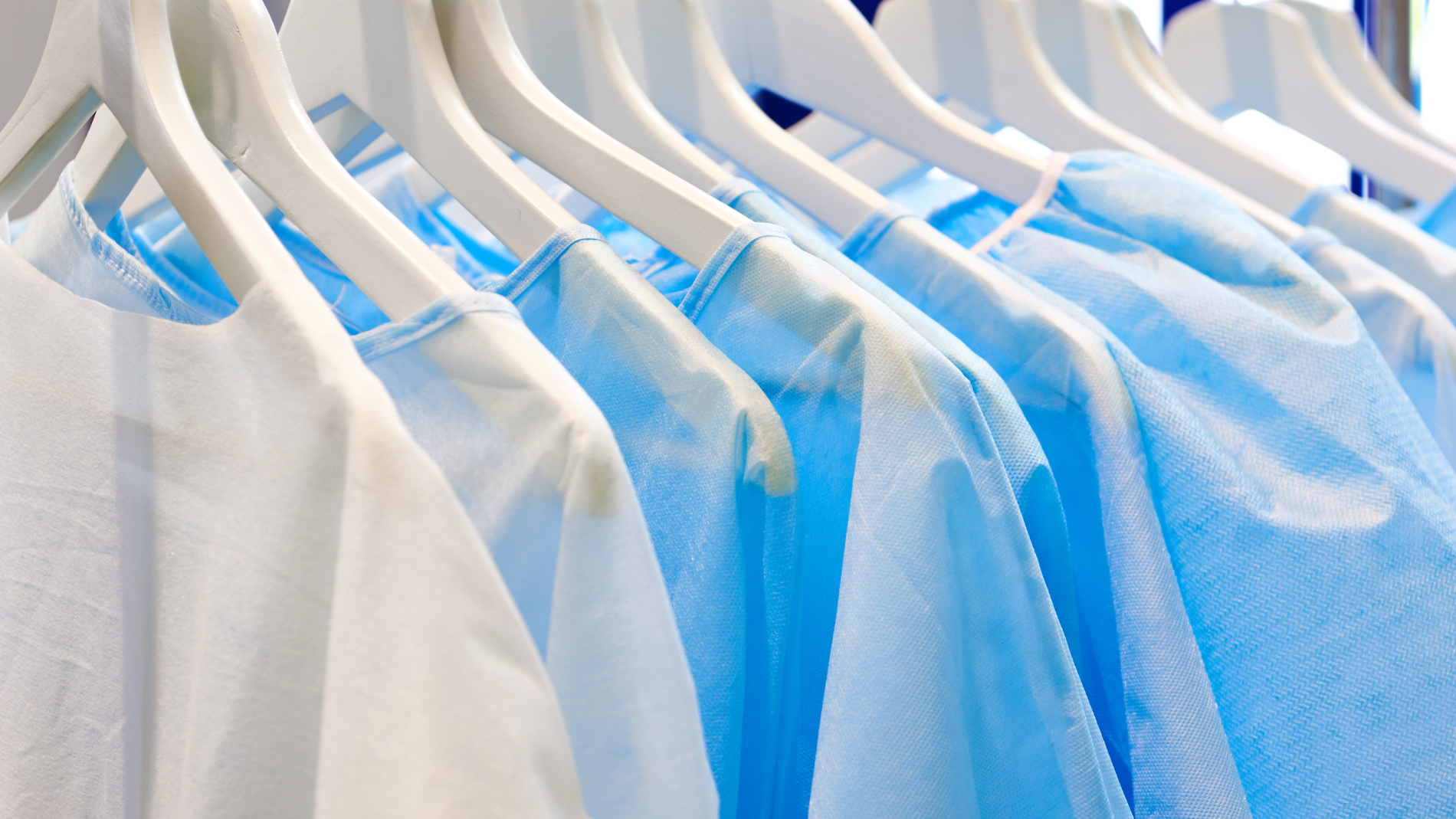
Modern reusable textiles are high-tech medical products. Before they are approved for use in the operating theatre, they undergo rigorous laboratory testing in accordance with internationally recognised standards such as DIN EN ISO 13795 and 10993. These include assessments of microbial barrier performance, particle release, tensile strength and biocompatibility. Even after dozens of industrial washing cycles, the textiles must reliably maintain their protective function and meet the highest hygiene standards. Reprocessing in specialised laundries ensures consistent quality throughout their lifecycle.
Proven Environmental Benefits: The Positive Eco-Balance of Reusables
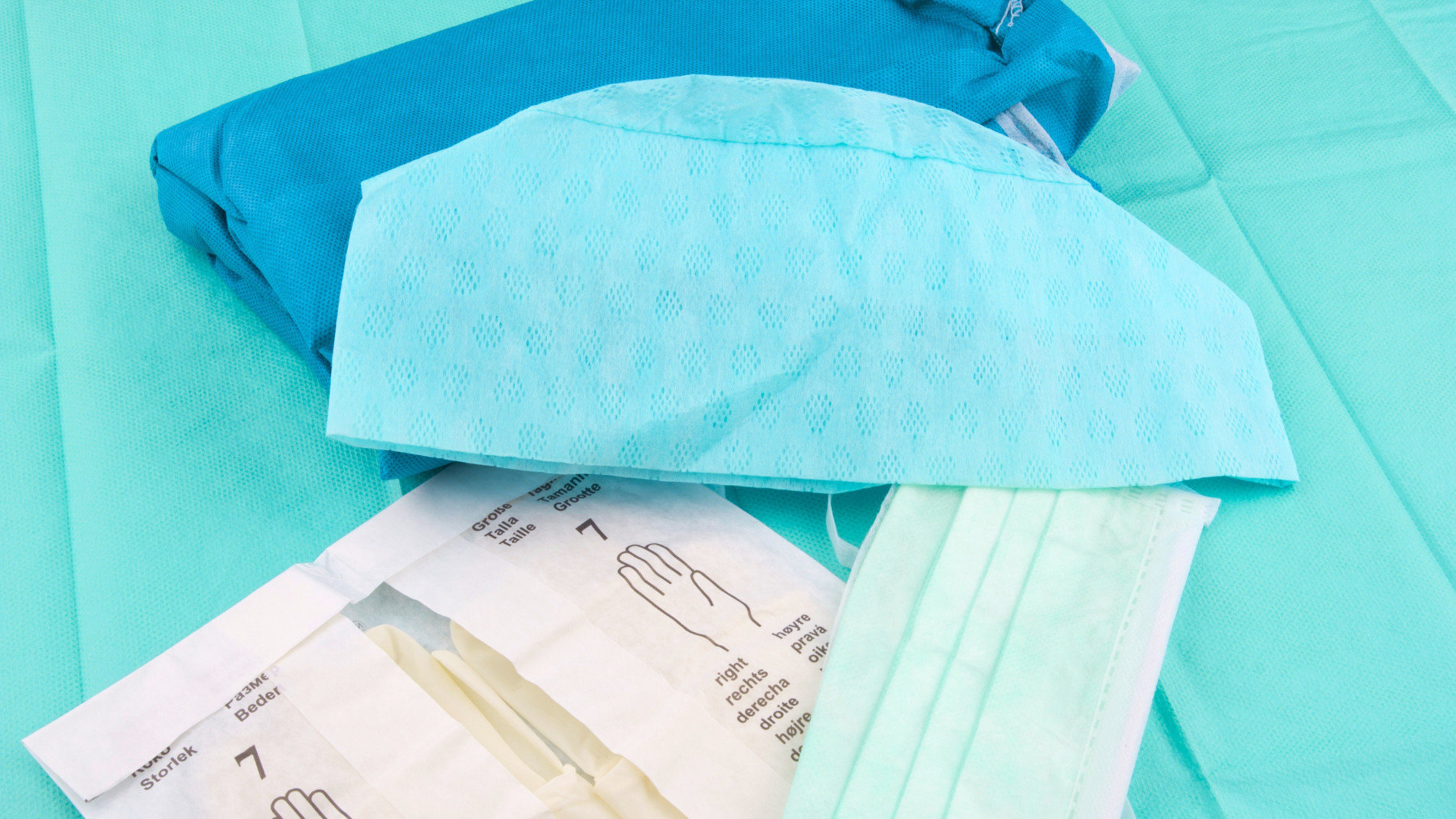
A comprehensive life cycle assessment from Austria clearly demonstrates the environmental advantages of reusable textiles: they generate up to 62% less CO₂ emissions and up to 80% less waste compared to single-use products. Although professional cleaning and reprocessing require water, the ecological benefits clearly outweigh the impact across the entire lifecycle. In Austria alone, the widespread use of reusable surgical textiles could save more than 3,300 tonnes of waste annually. This represents a significant contribution to climate protection in the healthcare sector.
Rethinking Cost-Efficiency: Long-Term Savings Through Reusable Systems

At first glance, single-use items may seem more affordable. However, a holistic view of the “Total Cost of Ownership” reveals a different picture: reusable products offer clear advantages with repeated use. In rental models provided by textile service companies, the full logistics, provision, and reprocessing of textiles are included. Costs become predictable and transparent – often proving more economical than the ongoing and uncertain procurement of disposable items. This gives hospitals a reliable foundation for long-term financial planning.
Rethinking Cost-Efficiency: Long-Term Savings Through Reusable Systems
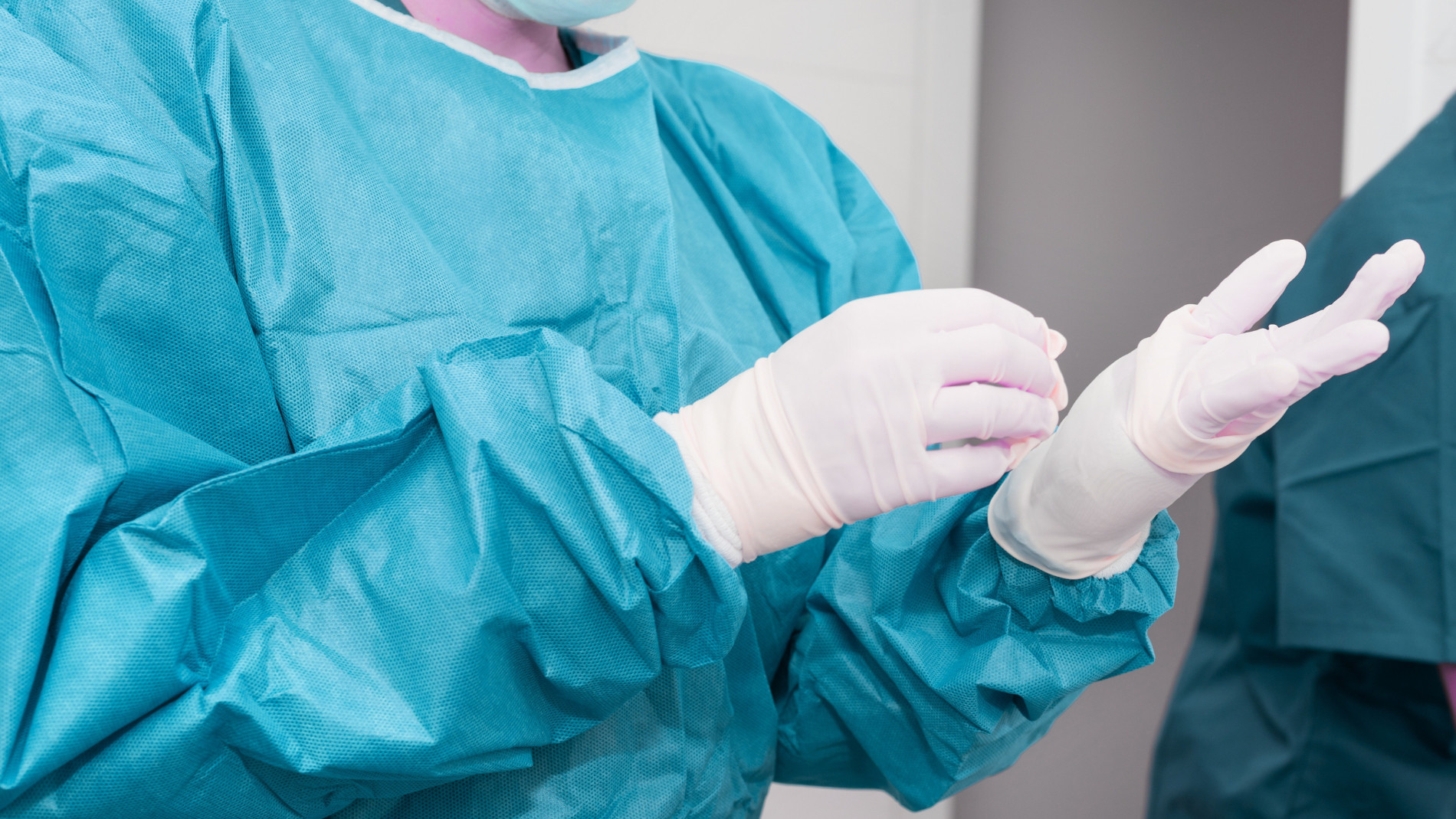
At first glance, disposable items may seem more affordable. However, a holistic cost analysis – the "Total Cost of Ownership" – reveals that reusable products have clear advantages with repeated use. In rental models offered by textile service providers, these companies take full responsibility for logistics, supply, and reprocessing. Costs are predictable, transparent – and often lower than the ongoing, volatile procurement of single-use items. This provides hospitals with a solid foundation for long-term financial planning.
Policy Holds the Key: Promoting Sustainable Procurement in Healthcare

Other countries are leading the way: in Italy, the use of reusable surgical textiles is legally prioritised. In Spain, disposal costs for single-use products have been significantly increased. In Germany, however, low-cost imports still dominate – often at odds with the country’s own sustainability goals. What is needed are political frameworks that actively promote the advantages of regional, reusable systems in line with circular economy principles – and thus drive the transition forward.
Conclusion: Reusables Are the Future of Industrial Textile Care
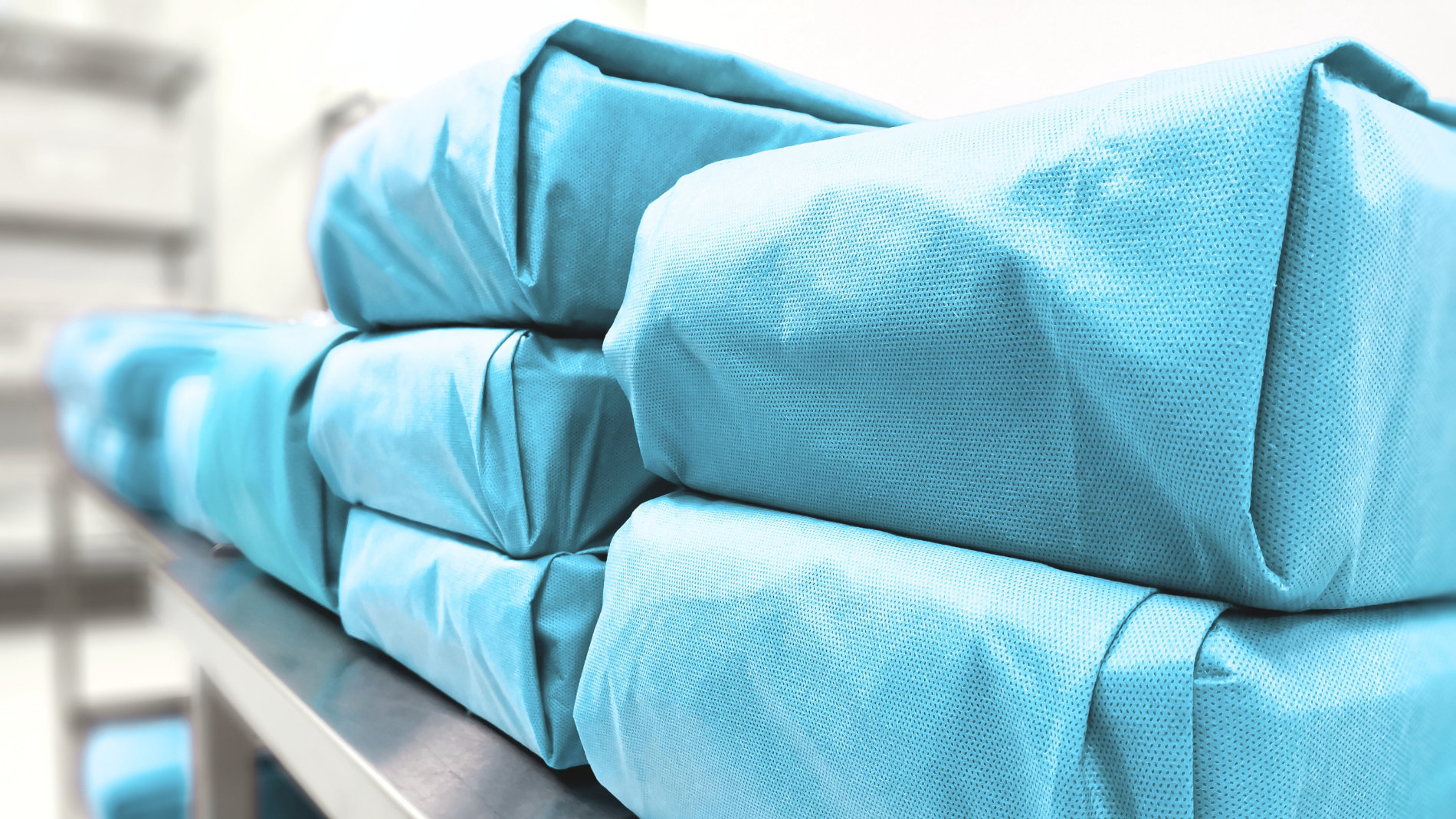
Reusable surgical textiles combine ecological, economic and logistical advantages. They reduce CO₂ emissions and waste, strengthen regional value chains and enhance the resilience of healthcare supply systems. For both the industrial textile care sector and the healthcare industry, this presents a win-win scenario.
Successful implementation, however, depends not only on political momentum but also on education, acceptance and strategic change management within medical institutions – to fully harness the potential of reusable systems.
Further Reading from Rechtsdepesche (German Version only):
- Mehrweg statt Einweg: Regionale Textilversorger schaffen Versorgungssicherheit
- Auf Herz und Nieren geprüft – der Weg eines Mehrweg-OP-Textils durch das Prüflabor
- Mehrweg sticht Einweg – Der Einfluss der Pandemie auf die Beschaffung von OP-Textilien
- Nachhaltigkeit im Gesundheitswesen: Neue Studie bestätigt deutliche Vorteile von Mehrweg-OP-Textilien
- Mehrweg vs. Einweg: Wie die Umstellung auf Mehrweg im OP gelingen kann
